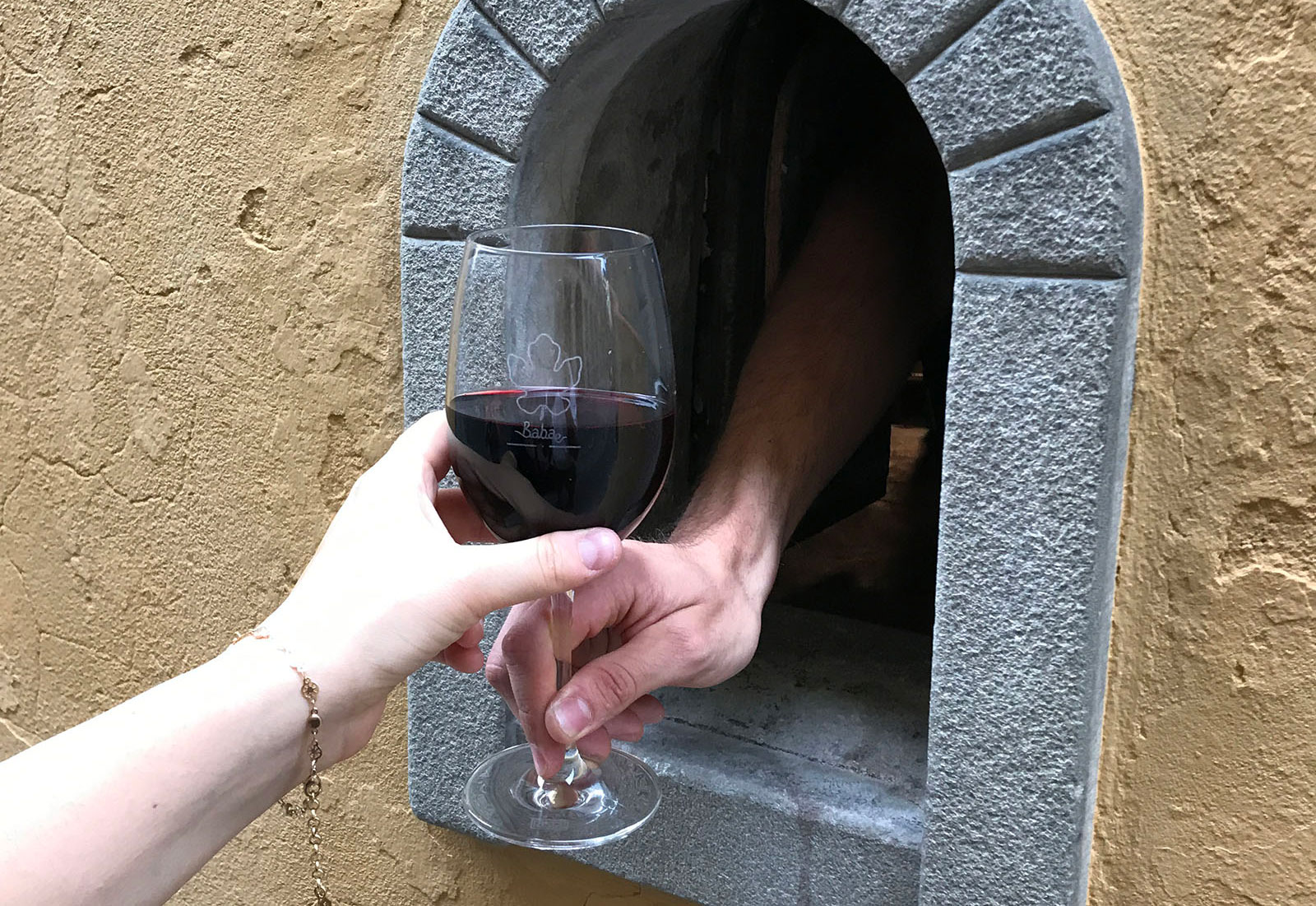Coronavirus has led to a resurgence of "little wine holes" in Italy
Tue 11 Aug 2020, 14:28:02

Bars and restaurants around the world are having to rethink the way they interact with customers during the pandemic. In the Italian city of Florence, some are looking to the past: using centuries-old wine windows to dole out food and drinks.
Rising just above ground level, blink and you might miss these tiny openings, called "buchette del vino," (literally "little wine holes") in Italian. The small windows were used to sell wine-to-go during the Renaissance period, and were intended to be cheaper, direct-to-consumer alternatives to taverns and other drinking dens -- not to mention a discreet way for merchants to avoid paying taxes on the alcoholic libations they were peddling.
Those merchants were Florence's elites, many of whom had
the foot-tall windows built into street-facing walls of their palatial residences, usually next to the main entrance. Back in the 1500s, a number of the city's aristocrats were also major wine producers in the surrounding countryside. The "buchette" allowed them to trade (or rather, have servants do it for them) their spirits straight from their in-house cellars to basically anyone, with a reduced need for physical contact.
the foot-tall windows built into street-facing walls of their palatial residences, usually next to the main entrance. Back in the 1500s, a number of the city's aristocrats were also major wine producers in the surrounding countryside. The "buchette" allowed them to trade (or rather, have servants do it for them) their spirits straight from their in-house cellars to basically anyone, with a reduced need for physical contact.
In May, as Italy eased its two-months-long lockdown, several F&B businesses in Florence, who happened to be based in premises with existing buchette, decided to reopen them, capitalizing on the design's minimal-contact aspect. Wine, Aperol spritzes, ice creams and sandwiches have since been served through the holes, at a safe distance.
No Comments For This Post, Be first to write a Comment.
Most viewed from International
Most viewed from World
AIMIM News
Latest Urdu News
Most Viewed
May 26, 2020
Do you think Canada-India relations will improve under New PM Mark Carney?
Latest Videos View All
Like Us
Home
About Us
Advertise With Us
All Polls
Epaper Archives
Privacy Policy
Contact Us
Download Etemaad App
© 2025 Etemaad Daily News, All Rights Reserved.



.jpg)






.jpg)
.jpg)








.jpg)
.jpg)
.jpg)
.jpg)
.jpg)

















